Fixed Cost: Definition, Formula, and Examples
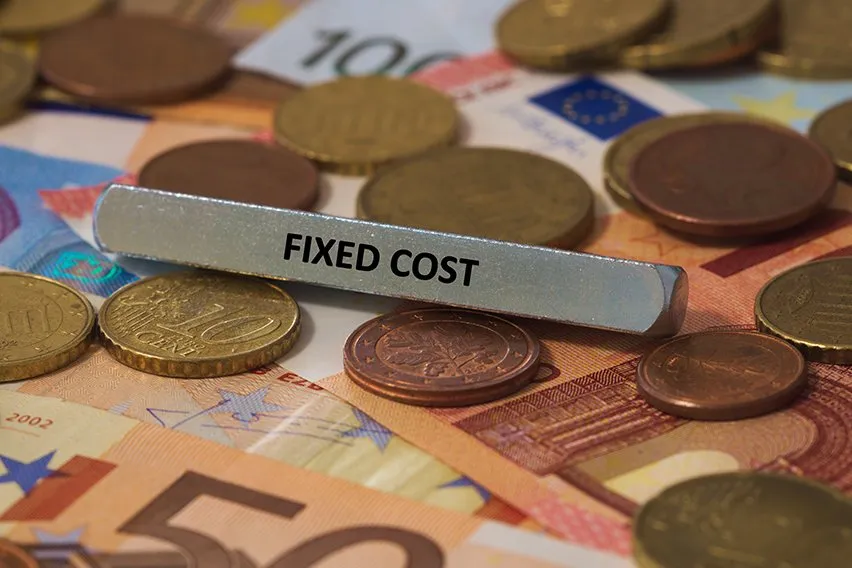
Fixed costs are any business cost that stays constant regardless of factors like sales revenue and output. Some common fixed expenses for businesses include property tax, monthly rent, loan repayments, and insurance payments.
Understanding fixed costs is essential for budgeting, sales price strategies, and overall financial management in business, as high fixed costs mean high overhead costs and lower profit margins for your business.
Knowing what your small business’ fixed costs are will help you run your company. You can improve profit margins, deliberately allocate business resources, mitigate risk, and make informed decisions about your company’s future.
In this article, we will explore fixed and variable costs, and how to calculate fixed costs to better understand your business finances.
Key Takeaways
- Fixed costs are unchanging business costs like rent or insurance payments, which remain stable month after month, regardless of what the business produces.
- Variable costs are costs a business must pay, which change as production volume changes.
- Small business owners can use the fixed cost metric to make financial decisions, allocate resources appropriately, and mitigate financial risk.
Table of Contents
- What Is a Fixed Cost?
- Fixed Cost Formula
- Fixed Cost Per Unit Formula
- How To Calculate Fixed Cost
- Fixed Cost Examples
- Impact of Fixed Cost on Financial Metrics
- What Is The Difference Between A Fixed Cost And A Variable Cost?
- Conclusion
- Frequently Asked Questions

What Is a Fixed Cost?
A fixed cost is a business expense that remains unchanged, no matter how much a company grows its revenue or produces. Some examples of fixed costs may include insurance, rent, property taxes, and depreciation.
Understanding fixed costs is important for effective financial management and decision-making because it’s an important metric used in short-term cost accounting. The resulting data is then analyzed to find areas where businesses can save and increase their profit margin.
Total Fixed Costs
Total fixed costs are the number you get when you add up all the fixed costs you need to pay to keep your business running, regardless of your overall sales numbers.
Average Fixed Costs
Average fixed costs can be determined by adding the fixed costs of production up and then dividing that number by the quantity of output produced. This number determines the fixed cost per unit and changes depending on how much your company produces.
Fixed Cost Formula
You can use the following formula to calculate fixed costs:
Fixed Cost = Total Cost of Production – (Variable Cost Per Unit x Number of Units Produced)
These are the definitions of each part of the formula:
- Total cost of production: The sum of your production costs or the total amount of money required to run your business.
- Variable cost per unit: The cost per item, product, or unit your business produces to account for all the fixed costs it takes to run your business.
- Number of units produced: The number of deliverables or products you have available for purchase by your clientele. For example, a gear manufacturing company would count the total number of gears produced in a given period.
Fixed Cost Per Unit Formula
Use the following formula to find the fixed cost per unit:
Fixed Cost Per Unit = Total Fixed Cost / Number of Units Produced
The fixed cost per unit can be calculated to determine your company’s break-even point and the feasibility of scaling up production volumes.
How To Calculate Fixed Cost
Follow these steps to calculate your business’ fixed costs:
1. Identify All Static, Direct, and Indirect Costs Directly Related to Your Business
Find all costs that remain unchanging from month to month, like your rent, insurance, lease costs, utility bills, inventory costs, recurring permit and licensing fees, property tax, and salaries.
2. Include the Future Expenses You’ll Have to Pay Due to Equipment Depreciation
Depreciation is what it’s called when your equipment, vehicle, or property’s value decreases over time, and is a tax-deductible expense. There are several methods you can use to determine your equipment’s depreciation and the method varies depending on the type of assets, but the most common method is known as the “straight line” method. To calculate the value using this method, find the difference between the initial cost of the asset and its salvage value, then divide that number by the total number of years you expect to use the unit.
3. Add These Costs Together to Find the Total Fixed Costs
Add your recurring, unchanging bills and payments to the equipment depreciation amounts to find your company’s total fixed costs for a given period of time.
4. Calculate Your Average Fixed Cost
Identify how many products your company produces in 1 month, then divide your total fixed costs by the number of units per month to find your average fixed cost.
Fixed Cost Examples
Let’s explore some examples of fixed costs. Some fixed costs may include:
1. Lease or Rent Costs
The cost of leasing or renting office space, warehouse space, and business vehicles including shipping trucks will remain stable unless you run into warehouse capacity limits that may impact the total costs.
2. Utility Bills
While heat, electricity, and water bills may change with the seasons, the costs will not be affected by your business operations.
3. Manufacturing Equipment
Any equipment you need to use to create your product will depreciate and will eventually need to be replaced. Therefore, manufacturing equipment depreciation can be included when you calculate fixed costs for your business.
4. Website and E-Commerce Hosting Costs
You likely pay a monthly or annual fee for your business website domain and e-commerce hosting if you sell items online. These costs don’t change based on sales volume and are therefore fixed.
5. Property Taxes
Whether you own or rent, you may have to include property taxes within your total expenses. The amount paid stays relatively stable and is not affected by your business operations.
6. Health Insurance
Business health insurance plans paid to the insurer remain the same, regardless of how much the company produces.
7. Small Business Loans
Small business loans will remain fixed for as long as you owe a balance on the loan, as they will not change with sales, no matter how your business performs.
The following is an example of a fixed-cost calculation:
A dog grooming company needs to pay rent for its space and pays a monthly flat rate of $400 for utility bills like cell phone, internet, and electricity. The owner employs two dog groomers who are paid hourly, at $20 per hour. They work 40 hours every week, so payroll is generally fixed. The owner took out a business loan some years ago to buy equipment and she regularly pays $200 interest on the balance. She is also required by her state to pay for a $500 Pet Grooming Facility License on an annual basis.
The first step in calculating her total monthly fixed costs is to break down each cost into its monthly amount.
| Utilities | $400 |
| Employee Wages (assuming 4 weeks) | $6400 |
| Business Loan Interest | $200 |
| Pet Grooming License | $41.67 |
Next, we add all up these costs to determine the total fixed costs her business has each month.
$400 + $6400 + $200 + 41.67 = $7041.67

Impact of Fixed Cost on Financial Metrics
As a business owner, the more you understand about your company’s fixed costs, the better you will be able to make important company decisions and improve profitability by understanding financial metrics like your break-even point and operating leverage.
Break Even Analysis
The Break-Even Point (BEP) is the production level at which your business’s total expenses equal your company’s total revenue. In other words, this is the point at which your company is no longer operating at a loss. You can determine the break-even point by using the following formula:
Break-Even Point = Total Fixed Costs / Gross Profit Margin
Gross Profit Margin = Revenue Per Individual Unit – Variable Costs Per Unit
Operating Leverage
Operating leverage is a financial ratio that tells you how much your business can increase its operating income by increasing revenue. This metric is used to calculate the break-even point and to set prices that will meet all financial obligations and generate a profit. The higher the operating leverage ratio, the greater the risk.
You can calculate your business’s operating leverage with the following formula:
Operating Leverage = % Change in Operating Income / % Change in Revenue
Another method is to determine the contribution margin and operating margin of your business using the following formulas:
1. Contribution Margin (%) = (Revenue – Variable Costs) ÷ Revenue
2. Operating Margin (%) = (Revenue – Variable Costs – Fixed Costs) ÷ Revenue
Then, once you have these metrics, you can use this formula to determine your company’s operating leverage:
Operating Leverage = % Contribution Margin / % Operating Margin
What Is the Difference Between a Fixed Cost and a Variable Cost?
Both fixed and variable costs are important metrics to understand when running your business. A fixed cost remains unchanged no matter how much product is produced and sold, while a variable cost varies in proportion to changes in your business activity. When the amount of product you produce increases, variable costs increase too.
Some examples of variable expenses include raw materials, delivery costs, sales commissions, wages for part-time staff, taxes, and operational expenses.
Understanding fixed vs. variable costs means understanding how to categorize your business costs. Consistent, detailed bookkeeping is the best way to track your business costs, which is easier when you use accounting software like FreshBooks. By knowing your total variable costs and total fixed costs, you can make better business decisions.
Conclusion
Knowing what your small business’s fixed costs are will help you run your company. You can reduce unnecessary expenses, improve overall profitability, mitigate risk, and make informed decisions about your company’s future.
If you’re ready to take your small business operations to the next level, try incorporating FreshBooks accounting software. With FreshBooks’ user-friendly interface, you can keep a close eye on your bills, employee wages, operational costs, and more from anywhere, on any mobile device.
FreshBooks makes it easier for small business owners to store, track, and access the data needed to grow their businesses. Try FreshBooks free, and find out why millions of people worldwide have chosen this cloud-based accounting software.
FAQs About Fixed Cost
Fixed cost is an important metric to understand as a business owner. If you want to learn more about fixed costs and how they can help you, read the frequently asked questions below.
Is depreciation a fixed cost?
Yes, depreciation is a fixed cost. It is a recurring cost that is typically the same amount every period. Depreciation isn’t usually affected by output. Buildings and machinery depreciate in value, but land does not depreciate.
Is advertising a fixed cost?
Yes, advertising is a fixed cost. Advertising costs may fluctuate over time, as management may decide to increase and decrease spending over time. That said, advertising isn’t affected by sales or production levels so it is said to be a fixed cost.
Is a fixed cost always fixed?
Yes, fixed expenses remain “fixed” regardless of your business activity, sales, and production. If an expense fluctuates with these variables, it is called a “variable cost”. You can count on fixed costs to be relatively stable from month to month but they do not always stay exactly the same due to inflation and other reasons.
Is maintenance a fixed cost?
No, maintenance is not a fixed cost. It is considered a variable cost, along with repairs, because these costs vary depending on factors like how often machinery is used, its upkeep, and the overall wear and tear which depends on your level of production over time.
About the author
Jami Gong is a Chartered Professional Account and Financial System Consultant. She holds a Masters Degree in Professional Accounting from the University of New South Wales. Her areas of expertise include accounting system and enterprise resource planning implementations, as well as accounting business process improvement and workflow design. Jami has collaborated with clients large and small in the technology, financial, and post-secondary fields.
RELATED ARTICLES


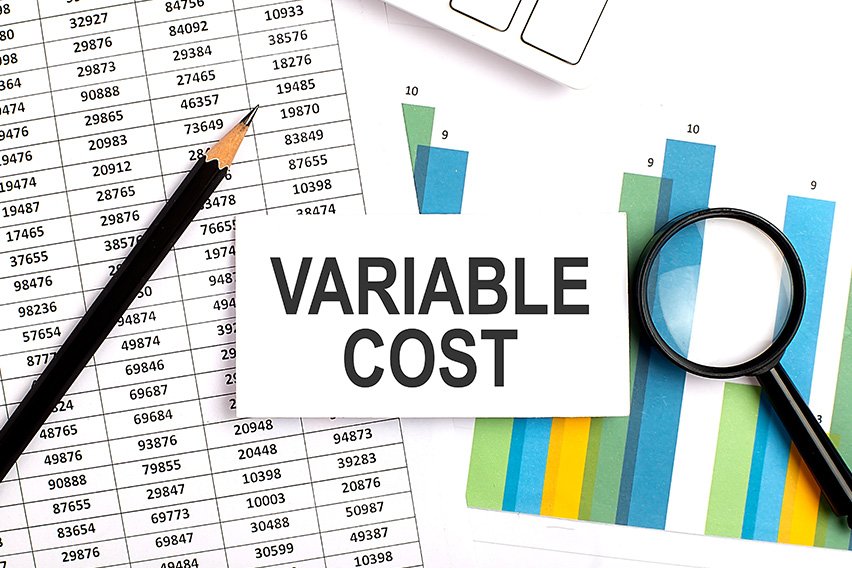 Variable Cost: Definition, Formula, and Examples
Variable Cost: Definition, Formula, and Examples What Is Cost Accounting? It’s Cost Control
What Is Cost Accounting? It’s Cost Control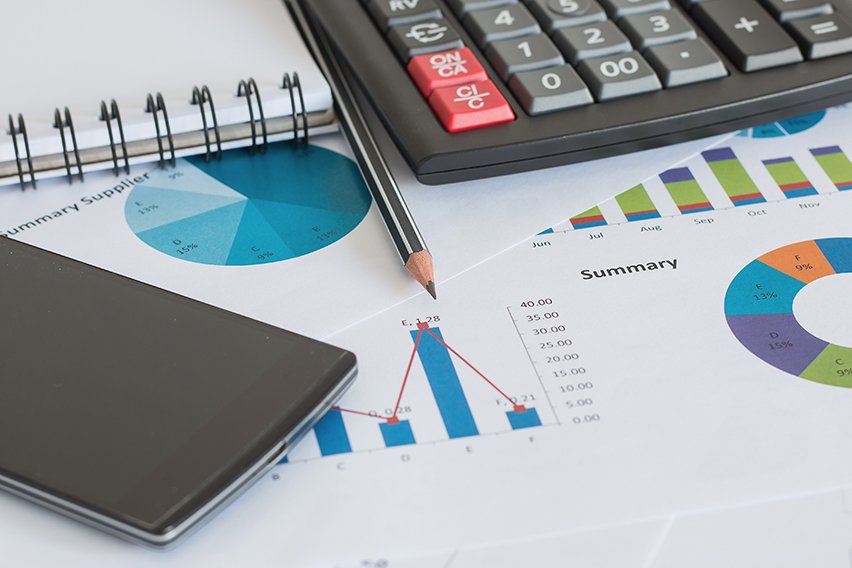 Financial Accounting: Meaning, Principles, and Importance
Financial Accounting: Meaning, Principles, and Importance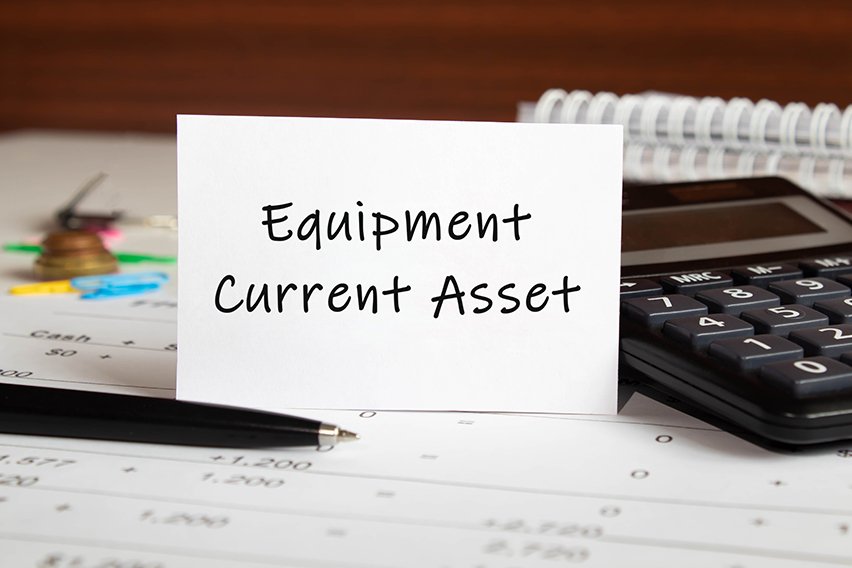 Is Equipment a Current Asset? No, It’s a Noncurrent Asset
Is Equipment a Current Asset? No, It’s a Noncurrent Asset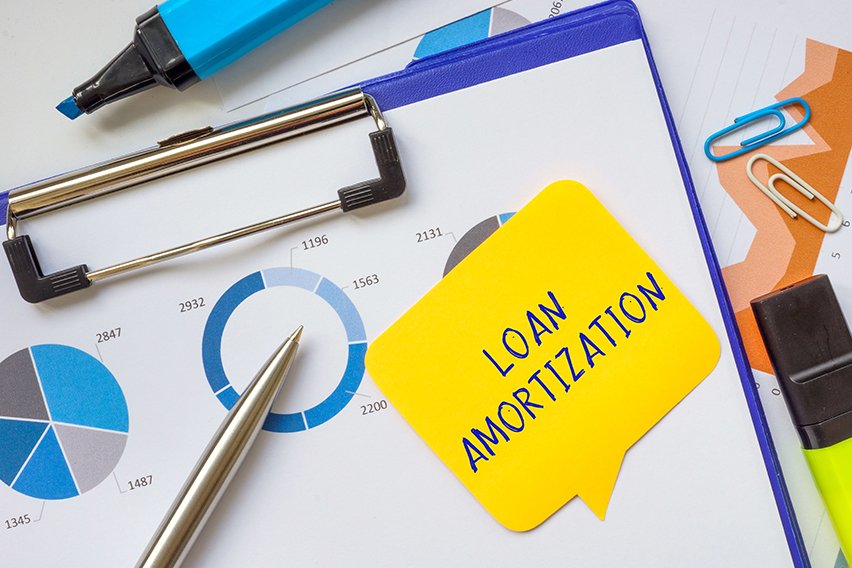 What Is Amortization?
What Is Amortization?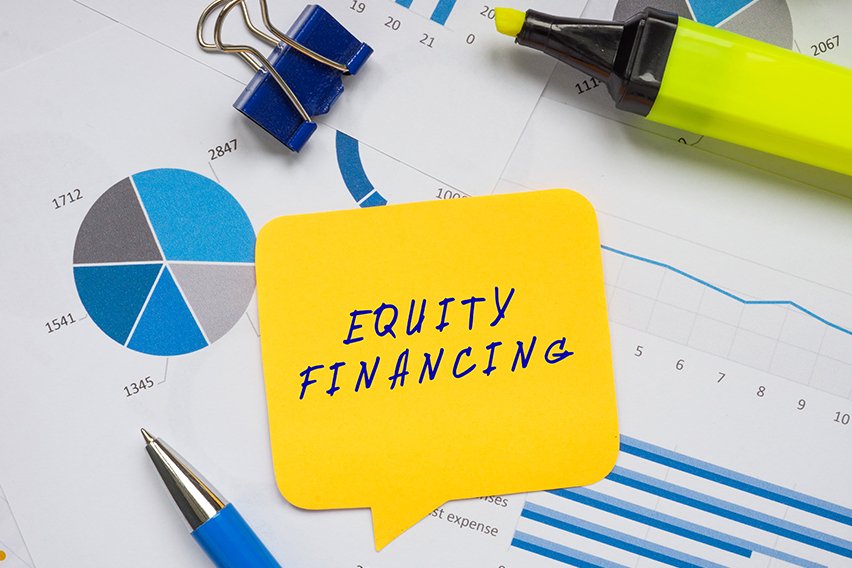 What Is Equity in Accounting: Everything You Need to Know
What Is Equity in Accounting: Everything You Need to Know